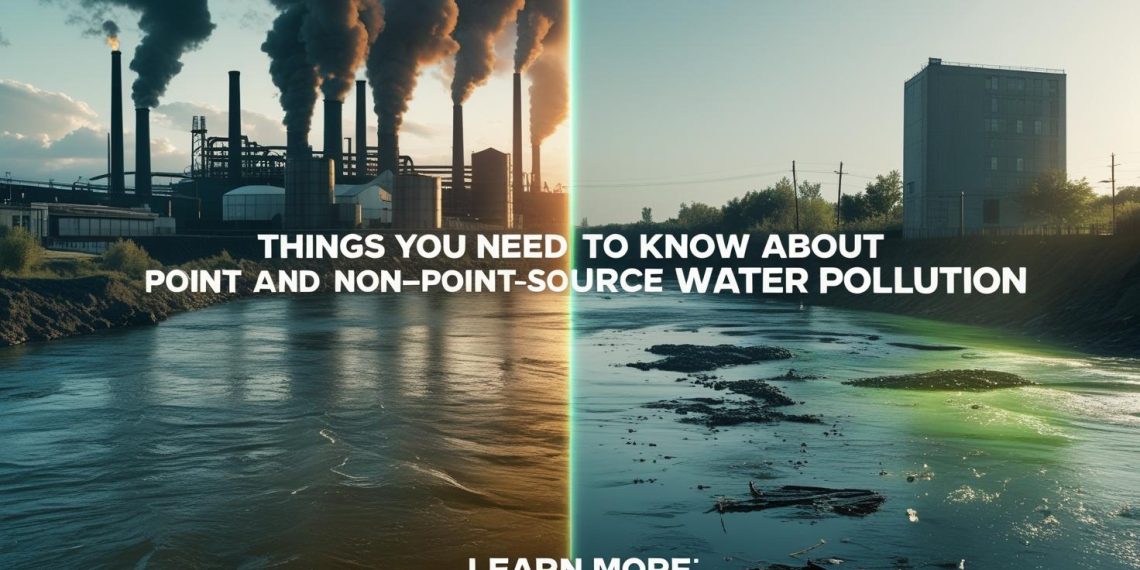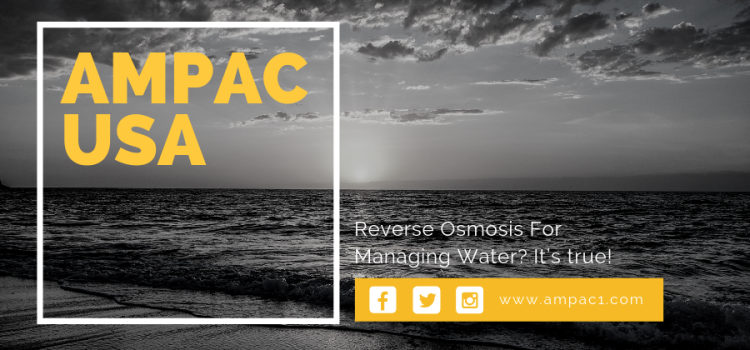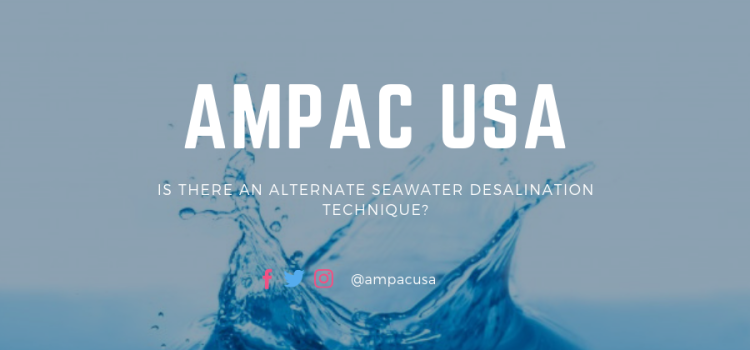Last updated on June 5th, 2025 at 11:47 am
Water pollution is a growing concern across the globe, directly impacting ecosystems, human health, and clean water availability. Understanding the difference between point-source and non-point-source pollution is critical to creating effective strategies for water quality improvement and environmental protection. In this article, we present an in-depth examination of both pollution types, their sources, effects, and preventive solutions to help build awareness and drive actionable change.
Water Pollution: An Overview
Water pollution refers to the contamination of water bodies—such as rivers, lakes, groundwater, and oceans—by harmful substances. These pollutants degrade water quality and render it unsafe for drinking, agriculture, recreation, and aquatic life. Based on how pollutants enter a water system, pollution is classified as either point-source or non-point-source.
What Is Point-Source Pollution?
Point-source pollution originates from a single, identifiable source. It is typically discharged directly into a water body through a pipe, ditch, or channel. Because its origin is specific and easily detectable, point-source pollution is generally easier to monitor, regulate, and manage.
Common Sources of Point-Source Pollution
- Industrial facilities: Factories discharging chemicals or heated water into nearby streams.
- Wastewater treatment plants: Treated or untreated sewage released into rivers or coastal waters.
- Oil refineries and petrochemical plants: Releasing hydrocarbons and toxic metals.
- Mining operations: Draining acid mine runoff containing arsenic, mercury, and sulfates.
- Power plants: Discharging warm water and heavy metals through cooling systems.
Read: The Most Effective Way to Eliminate PFAS and PFOA from Your Drinking Water
Pollutants Released from Point Sources
- Heavy metals (lead, mercury, cadmium)
- Pathogens (bacteria, viruses, parasites)
- Chemical runoff (solvents, pesticides)
- Organic waste (biological oxygen demand pollutants)
- Thermal pollution (heated effluents)
What Is Non-Point-Source Pollution?
Unlike point-source pollution, non-point-source pollution comes from diffuse, untraceable sources. It results from rainfall or snowmelt moving over and through the ground, collecting pollutants and depositing them into water bodies. Because it is scattered and widespread, non-point pollution is more difficult to regulate and control.
Primary Contributors to Non-Point-Source Pollution
- Agricultural runoff: Fertilizers, pesticides, and manure washing off crop fields.
- Urban stormwater: Oil, grease, heavy metals, and litter from roads and sidewalks.
- Construction sites: Sediments, debris, and chemicals entering nearby waterways.
- Residential areas: Lawn chemicals, pet waste, and septic tank leakage.
- Forestry activities: Erosion and sedimentation from deforested areas.
Typical Pollutants Found in Non-Point Pollution
- Nutrients (nitrogen, phosphorus)
- Sediments
- Pesticides and herbicides
- Oil and grease
- Bacteria from animal and human waste
Read: EPA Sets First Federal Limits on Dangerous ‘Forever Chemicals’ in Drinking Water
Environmental Impact of Point-Source and Non-Point-Source Pollution
Both forms of pollution cause severe ecological damage, though their mechanisms and reach differ.
Point-Source Pollution Impact
- Oxygen depletion: Organic waste can lead to low oxygen levels, harming aquatic life.
- Toxicity: Direct discharge of chemicals can kill fish, disrupt reproductive cycles, and accumulate in food chains.
- Eutrophication: Nutrient-rich effluents from industrial or sewage sources can trigger algae blooms.
- Thermal disruption: Heated discharge alters temperature-sensitive aquatic ecosystems.
Non-Point-Source Pollution Impact
- Algal blooms: Runoff from farms contributes excess nitrogen and phosphorus, spurring harmful algal growth.
- Habitat destruction: Sedimentation clouds water, disrupts fish spawning, and smothers aquatic habitats.
- Drinking water contamination: Pesticides and bacteria in runoff threaten groundwater and surface water sources.
- Recreational hazards: Contaminated water affects beaches, lakes, and rivers used for swimming and boating.
Case Studies: Real-World Examples
Point-Source Case: Flint Water Crisis (Michigan, USA)
The crisis originated from the corrosive water supply sourced from the Flint River, which was not properly treated. The municipal water system—a point source—discharged lead from aging pipes into household water, exposing thousands to lead poisoning.
Non-Point-Source Case: Gulf of Mexico Dead Zone
This vast region suffers from hypoxia (low oxygen levels) caused by nutrient runoff from the Mississippi River Basin. Fertilizers and agricultural chemicals contribute to massive algal blooms that kill marine life, creating a dead zone every summer.
Key Differences Between Point and Non-Point Pollution
| Feature | Point-Source Pollution | Non-Point-Source Pollution |
| Origin | Single, identifiable source | Diffuse, multiple sources |
| Traceability | Easily traceable | Hard to trace |
| Regulation | Governed by permits (e.g., NPDES) | Difficult to regulate |
| Monitoring | Straightforward | Requires broad assessment |
| Example | Industrial pipe into a river | Fertilizer runoff from farms |
Legislation and Policy Measures
Point-Source Regulation: Clean Water Act
The U.S. Clean Water Act (CWA) mandates that any discharge of pollutants from a point source must obtain a National Pollutant Discharge Elimination System (NPDES) permit. These permits control the type and quantity of pollutants released into navigable waters.
Non-Point Source Regulation: Voluntary & Incentive-Based
Non-point pollution is regulated less strictly. Best Management Practices (BMPs) are encouraged:
- Conservation tillage
- Riparian buffer zones
- Constructed wetlands
- Stormwater management systems
Federal programs like EPA’s Section 319 Program support non-point-source pollution control through funding, technical assistance, and watershed-based planning.
Read: $3 Billion for Lead Pipe Replacement to Deliver Clean Drinking Water
Prevention and Mitigation Strategies
Controlling Point-Source Pollution
- Installing advanced treatment technologies
- Upgrading wastewater treatment facilities
- Regular inspections and compliance audits
- Adopting closed-loop systems to minimize discharge
- Real-time monitoring for early detection
Managing Non-Point-Source Pollution
- Integrated watershed management
- Precision agriculture to reduce fertilizer use
- Urban planning that includes green infrastructure
- Rain gardens, bioswales, and permeable pavements
- Educational campaigns for farmers and homeowners
Role of Individuals and Communities
Mitigating water pollution requires not just government policies but active community involvement. Everyday practices such as:
- Reducing pesticide and fertilizer use,
- Proper disposal of chemicals and oils,
- Maintaining septic tanks,
- Planting trees and preserving wetlands,
can significantly reduce both point and non-point pollution impacts.
Conclusion: A Call for Integrated Action
Understanding point and non-point-source water pollution equips us to tackle the issue with greater precision and urgency. While point-source pollution can be mitigated through strict regulations and advanced treatment systems, non-point-source pollution demands collective responsibility, long-term planning, and sustainable land use.
Together, with scientific insight, community participation, and strong environmental policies, we can safeguard our water resources and ensure a cleaner, healthier planet for future generations.
Get Pure Water Whenever You Need with AMPAC USA
If you want pure water that removes all point and non-point source water pollution, you should consider the products offered by AMPAC USA.
AMPAC USA is a leading manufacturer and distributor of high-quality American-made water treatment systems. The company was founded in 1990. AMPAC USA started as a manufacturer of water purification equipment. Over the years, the business has transitioned into a large-scale manufacturer producing all types of major purification equipment and turnkey project-based water infrastructure installations.
AMPAC USA is particularly noted for its superior technical services. We understand harsh operating marine conditions. We use military and marine-grade certified components in off-shore and on-shore reverse osmosis watermakers. We build easy-to-operate, heavy-duty, robust, and reliable equipment. Without compromise, AMPAC USA custom-engineers, designs, fabricates, and manufactures systems to suit the toughest water treatment conditions anywhere on the planet.
To know more about us, click here or call us on 909-548-4900.
Reference:
https://www.fluencecorp.com/what-are-point-and-nonpoint-source-water-pollution/










